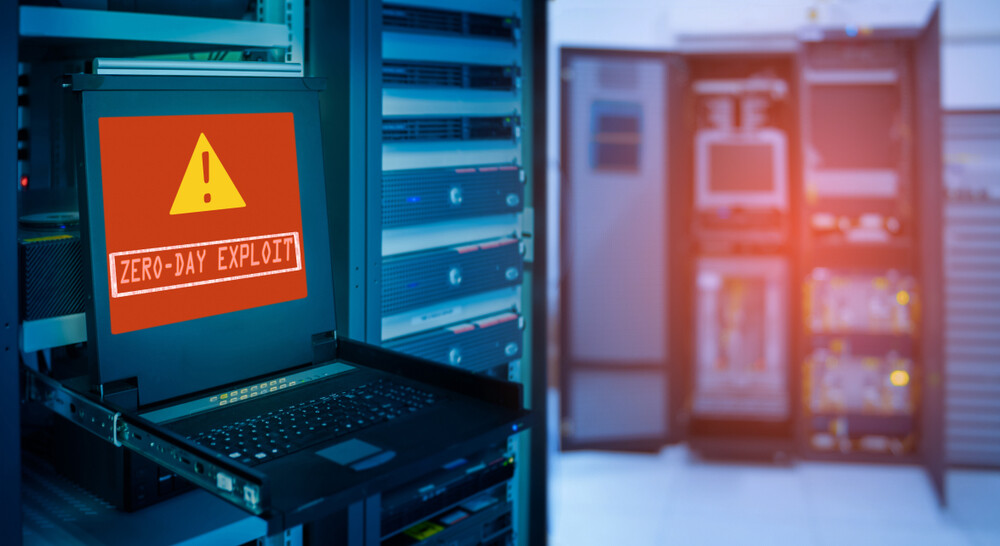The term “zero-day”, refers to the fact that the vendors or developers have yet to learn of these security vulnerabilities, which means that these vulnerabilities are yet to be patched. Hence, a zero-day attack takes place when the malicious actors exploit these security flaws before the vendors or developers have an opportunity to address them.
The impact and damages of that zero-day attacks can cause:
Zero-day attacks are typically targeted toward a specific organization, device or application. A successful zero-day attack can cause substantial damage to an organization. For example, according to reports, ransomware attacks are predicted to occur every 11 seconds and the disastrous impacts of these attacks are not only limited to financial loss but also loss of reputation. Past attacks have also indicated that malicious actors target organizations that have numerous interdependent systems, security flaws, and abundant financial resources and are willing to pay to have their business services restored.
From the time of detection till the vendor or developer releases a patch, cybercriminals are racing against the clock to fully exploit these security flaws.
Approaching Trend Micro Cloud One – Network Security

Trend Micro Cloud One – Network Security can be used to protect against zero-day attacks.
The in-built threat and vulnerability detection and protection can be used to analyse and process inbound and outbound traffic. Trend Micro Cloud One – Network Security is designed to work with public cloud providers, while at the same time, providing the users with the required information to recover protection and defend against attacks.
Network Security uses information given by Trend Micro Research and the Trend Micro Zero Day Initiative (ZDI) so that users can make full use of the virtual patching. This minimizes the attack surface and recovers post-threat PCI compliance.
Trend Micro mitigates zero-day attacks through in-depth research, solutions and participation from the community while Trend Micro Cloud One solutions have built-in zero-day protections to minimize the risk of security flaws, assuring users with regular protection against their assets.
Summary
Zero-day attacks are very dangerous as these attacks are usually undetected for many months, and in some cases, maybe even more.
As zero-day attacks exploit recently discovered security vulnerabilities that are yet to be patched, these attacks cannot be detected through signature-based scanning.
Hence, managing zero-day attacks should not only be through detection but also prevention. Using Trend Micro Cloud One – Network Security, ZDI can be used for virtual patching, minimizing the attack surface and through built-in zero-day protections. To get started, reach out to us at https://www.netrust.net/contact-us/ now.
Check out the following blogs:
Follow us on LinkedIn for the latest happenings/updates.


